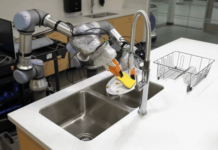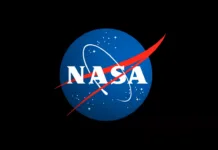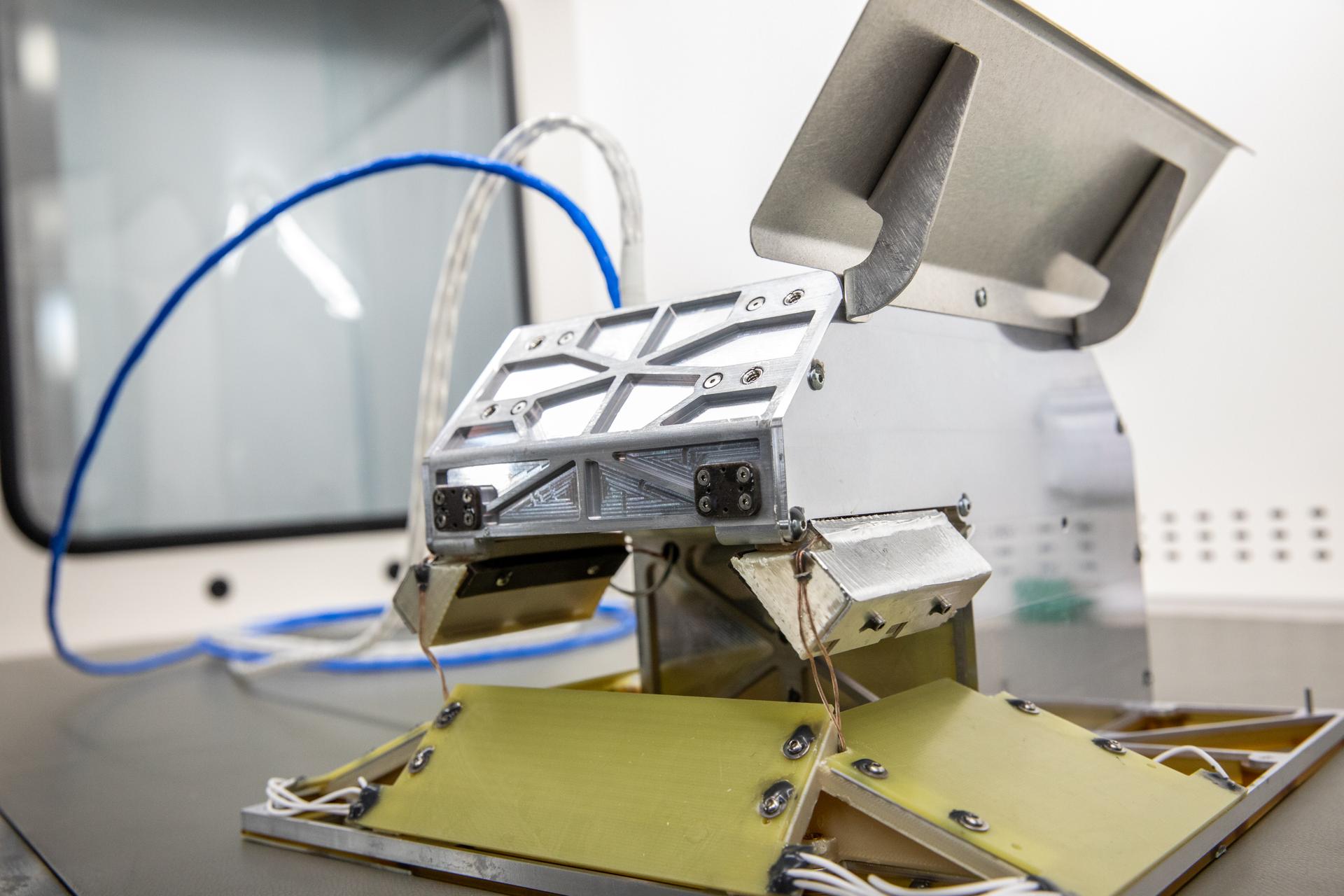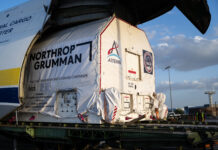NASA’s Innovative Approach to Tackling Lunar Dust
Dust may seem like a minor inconvenience to us on Earth, but for astronauts and spacecraft journeying to the Moon or Mars, it poses a significant challenge that cannot be overlooked. NASA’s researchers are taking this issue seriously, especially those at the Kennedy Space Center in Florida, who are pioneering efforts to combat this problem using cutting-edge technology known as the Electrodynamic Dust Shield (EDS).
EDS Technology: A Game Changer for Lunar Missions
The Electrodynamic Dust Shield (EDS) is a groundbreaking technology that NASA is integrating into its ambitious Artemis campaign, which aims to return humans to the Moon and eventually venture to Mars. This innovative tool will be put to the test on the lunar surface, employing electric forces to lift and clear lunar regolith—essentially moon dust—from various surfaces.
Lunar dust, or regolith, is notably different from the dust we encounter here on Earth. It is sharp, abrasive, and electrostatically charged, making it a significant obstacle for any equipment or crew landing on the Moon. Unlike Earth dust, lunar regolith has not undergone weathering processes due to the absence of atmospheric elements like water and oxygen. This makes it more akin to tiny shards of glass, which can damage equipment and pose risks to astronauts.
Upcoming Lunar Mission and CLPS Initiative
The EDS technology is among ten payloads set to embark on the next lunar delivery mission under NASA’s Commercial Lunar Payload Services (CLPS) initiative. This mission is scheduled to launch from the Kennedy Space Center in Florida on January 15th, with Firefly Aerospace’s Blue Ghost Lander. The CLPS initiative is part of NASA’s strategy to foster commercial partnerships, encouraging industry growth while supporting long-term exploration of the Moon.
NASA is not only the primary customer for these CLPS deliveries but also envisions a future where multiple customers can benefit from such flights. This approach aims to promote a sustainable lunar economy, leveraging private sector capabilities to expand human presence beyond Earth.
How EDS Technology Works
EDS technology utilizes transparent electrodes and electric fields to lift and remove dust from various surfaces. This capability is crucial for space applications involving thermal radiators, solar panels, camera lenses, and equipment such as spacesuits, boots, and helmet visors. By controlling and eliminating charged dust, EDS technology is indispensable for ensuring the success of Moon missions under NASA’s CLPS initiative and Artemis campaign.
Dr. Charles Buhler, the lead research scientist at the Electrostatics and Surface Physics Laboratory at Kennedy, emphasizes the importance of this technology. "For these CLPS and Artemis missions, dust exposure is a concern because the lunar surface is far different than what we’re used to here," explains Dr. Buhler. "Lunar regolith dust can infiltrate gaskets and seals, hatches, and even habitats, posing numerous challenges for spacecraft and astronauts."
The Challenges of Lunar Dust
The unique properties of lunar dust make it particularly problematic. Its sharp, glass-like nature means it can cause significant wear and tear on equipment, while its electrostatic charge can lead to accumulation on surfaces, further complicating operations on the Moon. Simple actions, like brushing the dust away, can exacerbate the issue due to its insulating properties.
EDS: A Product of Advanced Research and Development
The development of EDS technology was funded by NASA’s Space Technology Mission Directorate (STMD) Game Changing Development Program (GCD). This program is dedicated to advancing innovative technologies that can revolutionize space exploration and address challenges faced by missions beyond Earth.
Looking Ahead: The Future of Lunar Exploration
With the integration of EDS technology into lunar missions, NASA is taking a significant step towards overcoming one of the Moon’s most persistent challenges. This advancement not only promises to improve the efficiency of future missions but also serves as a testament to the innovative spirit driving space exploration today.
For those interested in learning more about NASA’s CLPS initiative and the Artemis campaign, additional information is available on NASA’s official website at NASA CLPS.
Conclusion
As we look to the future of space exploration, the development and implementation of technologies like the Electrodynamic Dust Shield are vital. They not only ensure the safety and longevity of equipment and crew but also pave the way for sustainable human presence on the Moon and beyond. NASA’s commitment to tackling the challenges posed by lunar dust is a crucial part of this journey, and the upcoming missions will undoubtedly benefit from these innovative solutions.
The anticipation surrounding the launch of EDS technology as part of the CLPS initiative is a reminder of the exciting advancements in space exploration. As we continue to push the boundaries of what is possible, technologies like EDS offer a glimpse into a future where humanity can thrive beyond the confines of our home planet.
For more Information, Refer to this article.


































